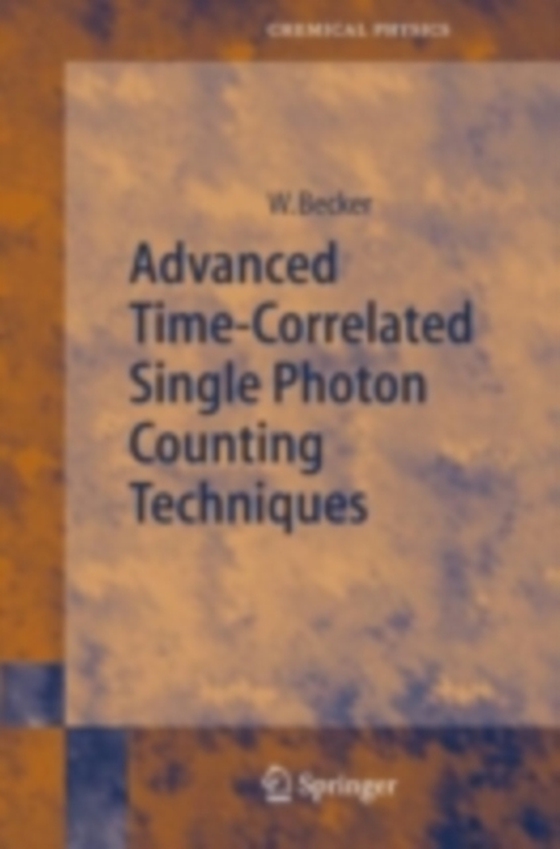
Advanced Time-Correlated Single Photon Counting Techniques e-bog
1240,73 DKK
(inkl. moms 1550,91 DKK)
In 1984 Desmond O'Connor and David Phillips published their comprehensive book Time-correlated Single Photon Counting"e;. At that time time-correlated s- gle photon counting, or TCSPC, was used primarily to record fluorescence decay functions of dye solutions in cuvettes. From the beginning, TCSPC was an am- ingly sensitive and accurate technique with excellent time-resolution. However, acq...
E-bog
1240,73 DKK
Forlag
Springer
Udgivet
19 december 2005
Genrer
PHFC
Sprog
English
Format
pdf
Beskyttelse
LCP
ISBN
9783540288824
In 1984 Desmond O'Connor and David Phillips published their comprehensive book Time-correlated Single Photon Counting"e;. At that time time-correlated s- gle photon counting, or TCSPC, was used primarily to record fluorescence decay functions of dye solutions in cuvettes. From the beginning, TCSPC was an am- ingly sensitive and accurate technique with excellent time-resolution. However, acquisition times were relatively slow due to the low repetition rate of the light sources and the limited speed of the electronics of the 70s and early 80s. Moreover, TCSPC was intrinsically one-dimensional, i.e. limited to the recording of the wa- form of a periodic light signal. Even with these limitations, it was a wonderful te- nique. More than 20 years have elapsed, and electronics and laser techniques have made impressive progress. The number of transistors on a single chip has approximately doubled every 18 months, resulting in a more than 1,000-fold increase in compl- ity and speed. The repetition rate and power of pulsed light sources have increased by about the same factor.
 Dansk
Dansk

